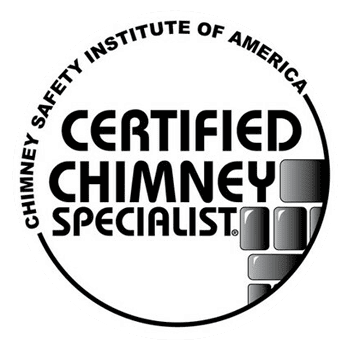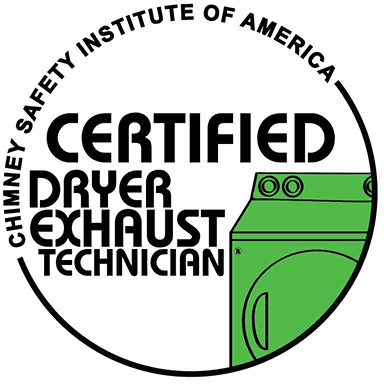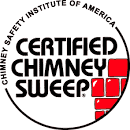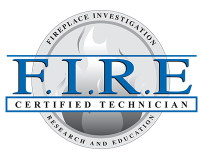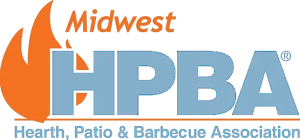Ensuring the Safety and Longevity of Your Chimney with Expert Insights
Recognizing the Importance of Chimney Maintenance
Every homeowner revels in the comfort a fireplace brings, especially during those chilly winter months. It becomes the centerpiece of family gatherings and quiet, cozy evenings. However, while these moments are cherished, it’s crucial to recognize the behind-the-scenes hero: the chimney. It plays an instrumental role in ensuring the fireplace functions efficiently and safely.
Yet, like every other home aspect, chimneys also need regular maintenance. Overlooking this essential task can lead to various forms of chimney damage, compromising not just the functionality of your fireplace but the safety of your entire household. From minor chimney cracks to significant structural problems, staying aware and proactive can prevent expensive and hazardous complications down the road.
Spotting Chimney Cracks and Deterioration
The initial signs of chimney problems often manifest as cracks and general wear and tear. For many homeowners, these are mere cosmetic concerns that can be delayed for another day. However, any form of chimney deterioration, even if it appears minor, can escalate into larger, more detrimental issues if not addressed promptly.
Visible cracks, especially in essential areas like the flue or mortar, can become entry points for hazardous gases, allowing them to seep into your home. Moreover, these small fissures can lead to chimney water damage, further escalating the deterioration process. Therefore, conducting routine inspections and identifying such issues becomes paramount before they spiral out of control.
The Red Flags: Chimney Mortar and Brick Damage
Brickwork, renowned for its durability and aesthetic appeal, is commonly chosen for constructing chimneys. However, as with all materials, continuous exposure to harsh elements can weaken the structure over time. Chimney brick damage might start as slight discolorations or small chips, but these can grow into sizable cracks and gaps if not treated.
Mortar, the binding agent between bricks, can also deteriorate over time, especially when it’s exposed to excess moisture. Chimney mortar damage can compromise the entire structure, creating weak points where bricks can loosen or fall out. When signs of crumbling bricks or weakening mortar become evident, it’s a clear signal to consult chimney professionals.
Understanding Chimney Flue, Liner, and Crown Damage
The chimney’s inner workings might be out of sight, but they are vital for its efficient and safe operation. The flue, in particular, is responsible for guiding smoke and harmful gases away from the living spaces, ensuring they’re expelled outdoors. A compromised flue can pave the way for liner damage, which can subsequently lead to severe hazards, such as house fires or carbon monoxide leaks.
At the chimney’s summit, the crown serves as its first line of defense against external elements. Its primary purpose is to prevent water from seeping into the structure. If the crown is damaged or the cap is compromised, moisture can make its way inside, speeding up the deterioration process. Regular checks for chimney crown and cap damage are crucial to prevent these issues.
Serious Structural Concerns: Leaning, Settling, and Collapse
One of the most alarming sights for any homeowner is a visibly leaning chimney. This isn’t just an aesthetic issue; it’s a glaring indicator of underlying chimney structural damage. Such tilting can arise from various factors, with unstable ground or foundational issues being among the top culprits. These irregularities may seem slow-progressing, but they can accelerate without warning, jeopardizing the safety of the entire structure.
Chimney settling is another concern that arises from foundational shifts. If the soil around your home isn’t stable or if there has been significant ground movement, your chimney can start to settle unevenly. Ignoring such signs can culminate in a full-scale chimney collapse. Hence, it’s essential to monitor your chimney’s alignment and seek expert intervention at the earliest signs of trouble.
When to Consult Chimney Restoration Of Kansas City
Every chimney, irrespective of its construction or the materials used, has a shelf life. Regular maintenance can prolong this lifespan, but inevitably, signs of wear and tear will manifest. Whether it’s a few discernible cracks, indications of moisture infiltration, or a pronounced lean, it’s crucial never to dismiss these signs as mere cosmetic concerns.
At Chimney Restoration Of Kansas City, our expertise lies in diagnosing, addressing, and rectifying chimney damage in its myriad forms. Our seasoned team is well-equipped to manage everything, from minor repairs to extensive overhauls, ensuring that your chimney remains in optimal condition. Your safety and peace of mind are our top priorities, so if you observe any abnormalities in your chimney’s function or appearance, don’t hesitate to get in touch for a comprehensive assessment and solution.



